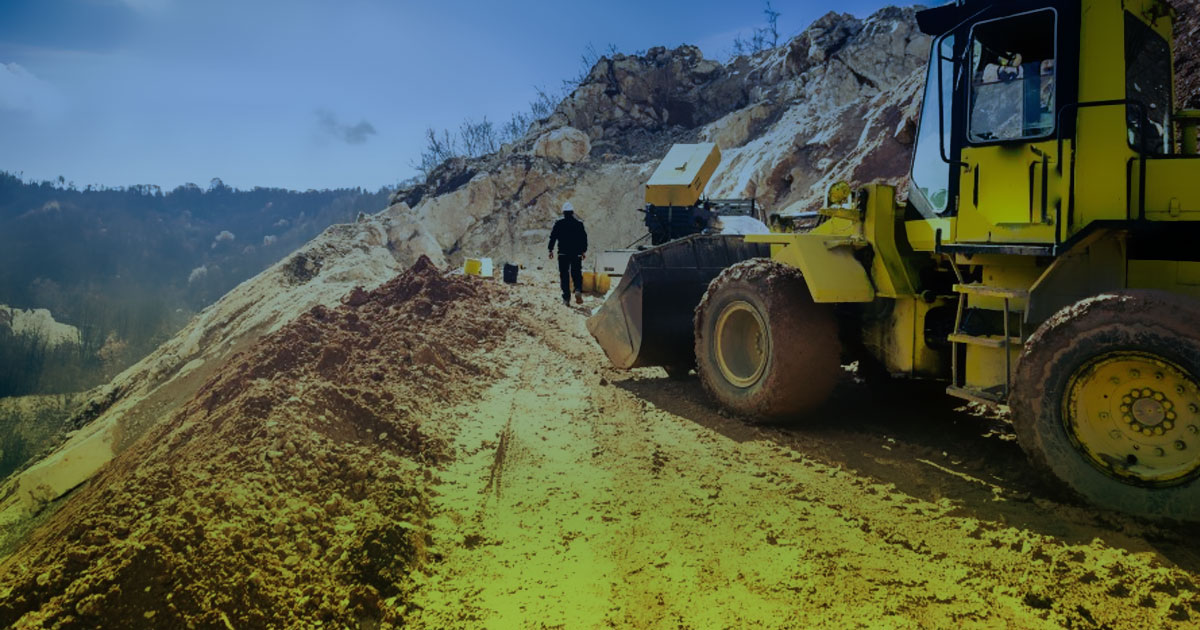
Instrumentos Ambientales
Derived from the rise of the environmental issue worldwide, an awareness is being generated in the preservation of natural resources and the conservation of the environment, which is accompanied by a series of regulations to that effect.
According to Guatemalan regulations, companies whose activities may cause damage to natural resources or the environment must have the respective licenses and must also meet minimum health requirements, which are described below.
ENVIRONMENTAL INSTRUMENTS
The environmental instrument is the generic name given to the authorization granted by the Ministry of Environment and Natural Resources for the development of works, projects or industries that have an impact on the environment. The impact on the environment or natural resources is evaluated by an environmental instrument, in which the mitigation measures that must be carried out are determined.
According to the Environmental Assessment, Control and Monitoring Regulation, the environmental instrument is divided into three classes: i) predictive, ii) corrective and iii) complementary.
The predictive ones include all the environmental instruments that are carried out before the start of the work, project and industry, which according to their impact category can be:
- a) initial environmental assessment
- b) environmental impact assessment study
- c) strategic environmental assessment
- d) activity form for registration in the listings
- a) environmental diagnosis
- b) low-impact environmental diagnosis
- c) corrective activities form for registration
- a) environmental risk assessment
- b) social impact assessment
- c) evaluation of cumulative effects
- d) environmental management plan
- The proponent submits the file of the environmental instrument, whatever its nature, before the Ministry of Environment and Natural Resources.
- The General Directorate of the Environment and Natural Resources issues an approving resolution specifying all the mitigation measures that the proponent must comply with in the project, work or industry. This resolution establishes the amount for which the project, work or industry must be guaranteed.
- The proponent pays the bond corresponding to the amount indicated in the approving resolution issued by the General Directorate of Environment and Natural Resources.
- The proponent requests the issuance of the corresponding Environmental License and this is issued by the General Directorate of Environment and Natural Resources, for a period of 3 to 5 years, at the request of the proponent.